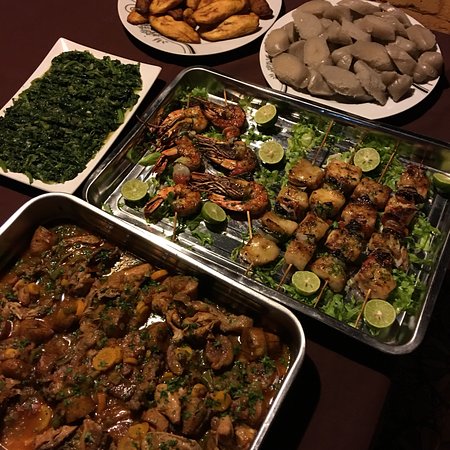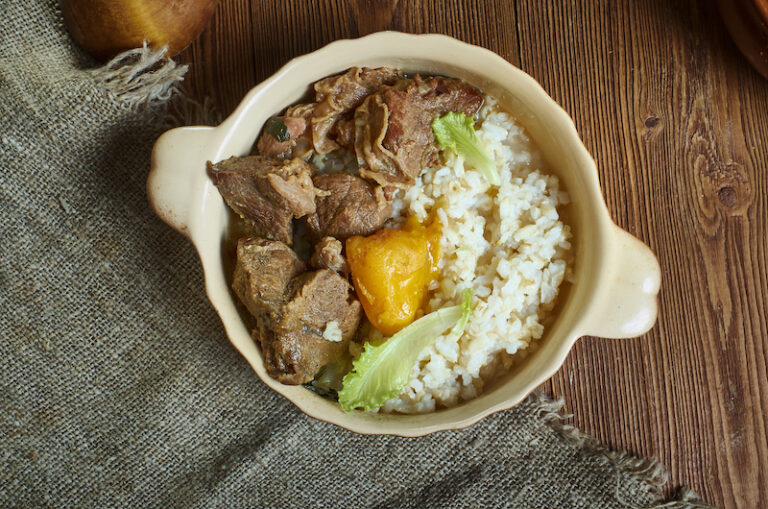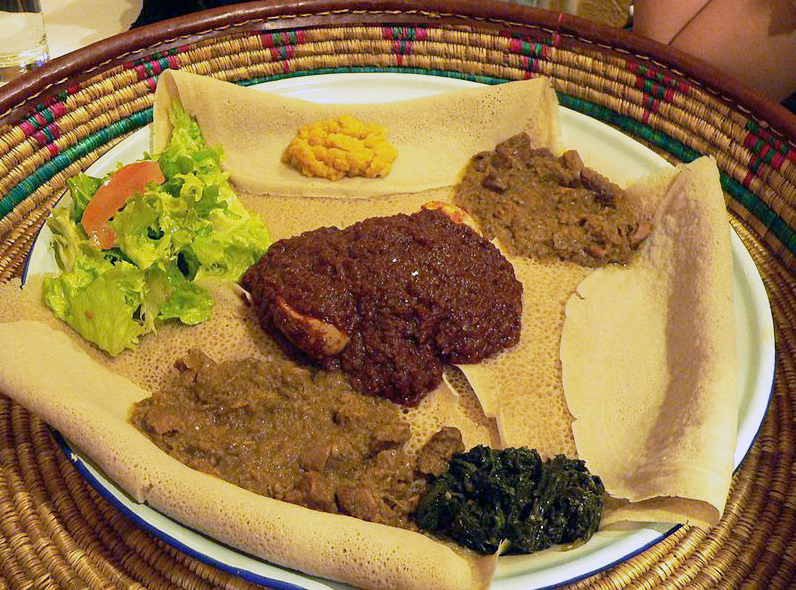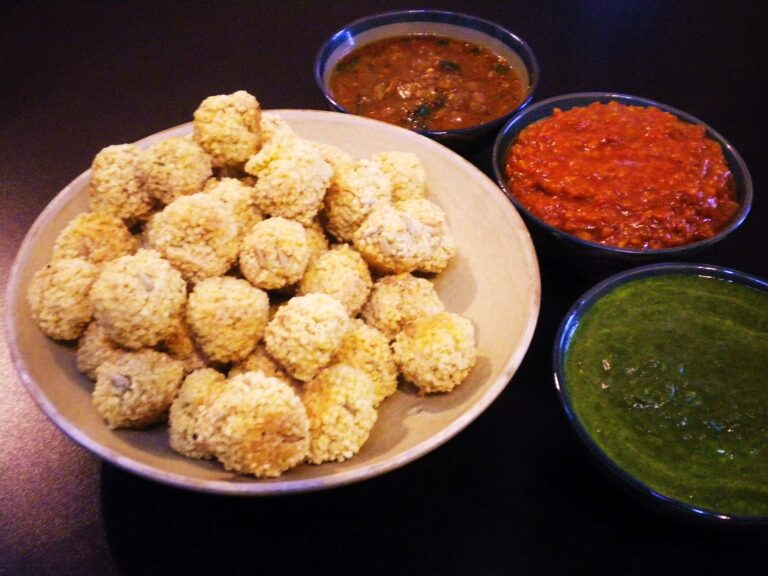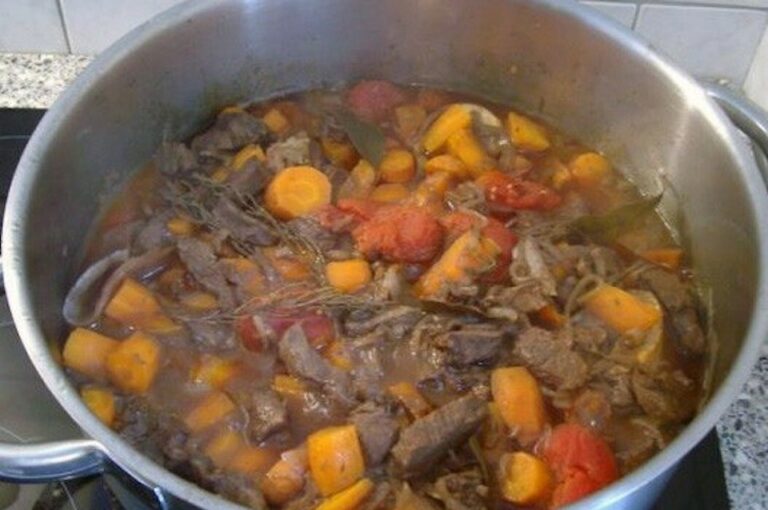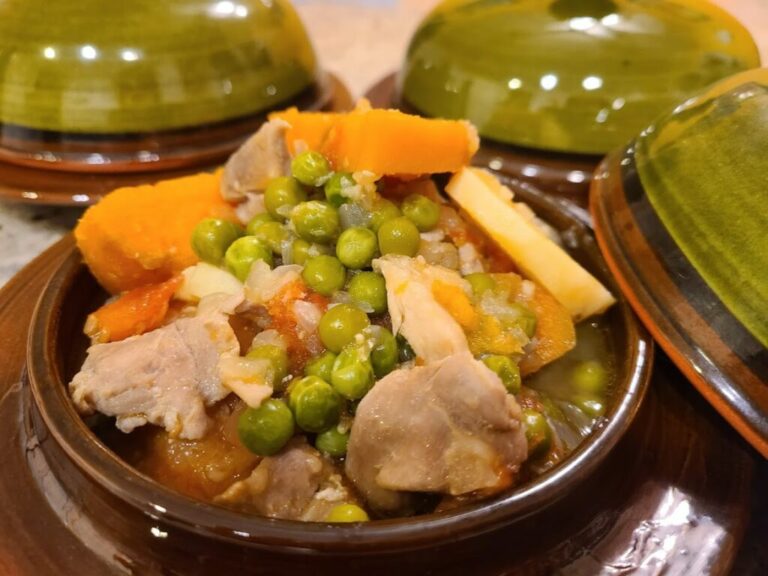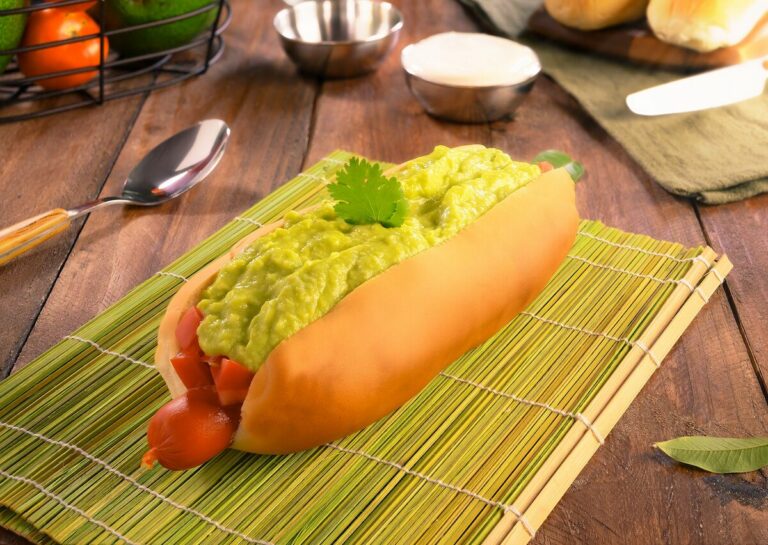Introduction: Central African Republic Street Food Culture
The Central African Republic is a landlocked country in Central Africa known for its unique cuisine and street food culture. Street food in the Central African Republic is highly valued and enjoyed by locals and tourists alike. From grilled meats and vegetables to exotic fruits and snacks, the street food in the country is diverse and flavorful.
Understanding Street Food Festivals and Events
Street food festivals and events are an excellent way to celebrate the cultural significance of street food. Such festivals offer an opportunity to showcase the diversity of street food and its significance in local cultures. Through such events, locals and tourists can connect with each other, learn about the country’s history and culture, and enjoy delicious food.
Researching Popular Festivals and Events
To understand the street food festivals and events in the Central African Republic, detailed research is essential. The research process can involve seeking information from local tourism boards, food bloggers, and even locals who may have information about the events. Researching can help identify the best festivals and events to attend, what to expect, and the location and dates of such events.
The Role of Street Food in Central African Republic
Street food in the Central African Republic plays a significant role in the country’s culture and economy. It provides employment opportunities for many locals and is a source of income for small businesses. Street food is also an essential part of the local cuisine and serves as a symbol of unity and community among locals.
Festivals and Events Celebrating Street Food
Several festivals and events in the Central African Republic celebrate street food. These events provide a platform for locals to showcase their culinary skills and promote their businesses. The festivals also attract tourists from all over the world to enjoy the food, learn about the country’s culture, and connect with the locals.
Highlighting Popular Street Food Festivals
One of the most popular street food festivals in the Central African Republic is the Bangui Street Food Festival. This festival celebrates the country’s street food culture and brings together locals and tourists to enjoy the delicious food and cultural performances. Another popular festival is the Carnot Street Food Festival, which features a range of local delicacies and cultural performances.
Locating Festivals and Events in Central African Republic
To locate street food festivals and events in the Central African Republic, one can check with local tourism boards or online resources. Social media platforms such as Facebook and Instagram can also provide information about upcoming events. It is essential to plan well in advance and take necessary precautions to ensure a safe and enjoyable experience.
Conclusion: Enjoying Central African Republic Street Food Festivals
Central African Republic street food festivals and events offer a unique opportunity to experience the country’s diverse food culture and connect with the locals. With proper research and planning, tourists can enjoy the best of street food and cultural performances. Supporting local street food businesses and celebrating the country’s street food culture can also help promote the economic growth of the country.


